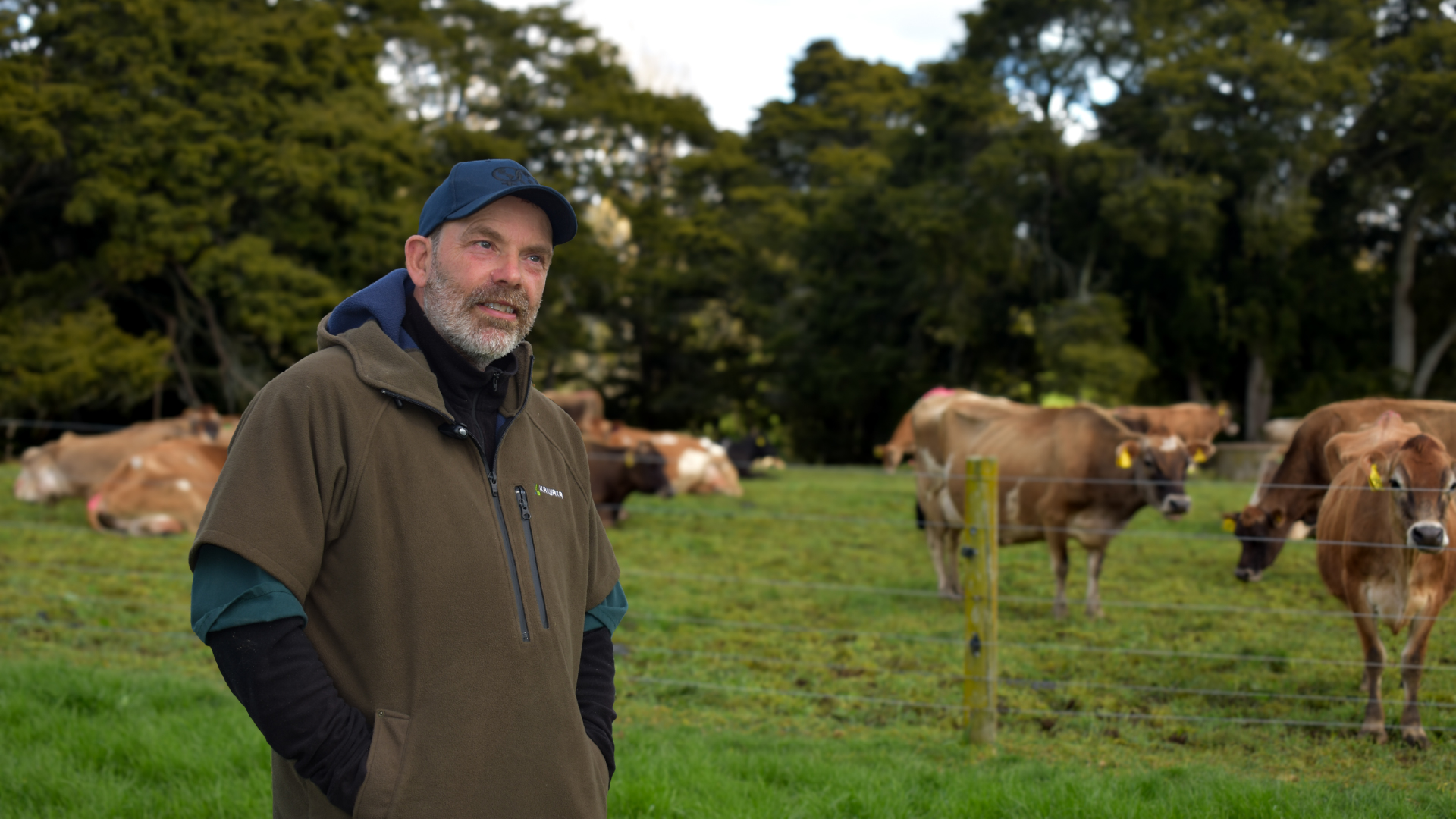Intense cost pressures and skilled labour shortages are challenges most dairy farmers are facing these days. While you have little control over the cost of your inputs and your payout, you do have control over arguably one of your most valuable resources, pasture.
As a dairy farmer, you know that making the right decisions about when and where to graze your cows can have a big impact on your farm's bottom line. You also probably know that having accurate knowledge about the amount of pasture mass in your paddocks can make a real difference to your profits. But did you know how much? Let's dive into the findings of a 2018 study that shows how investing in better paddock selection can help you increase your dairy farm's profitability.
In a New Zealand dairy system, pasture is like gold. It's the primary source of nutrition for your cows and getting the right amount of pasture at the right time is crucial for maximising milk production. That's where choice and timing of paddocks to graze and for how long comes in. Farmers typically decide which paddocks to graze based on estimates of how much pasture is available, or how long it's been since the last grazing. But getting accurate estimates of pasture mass can be time-consuming and expensive.
A 2018 simulation study conducted by DairyNZ looked at how different levels of knowledge of paddock pasture mass can affect farm profitability. The study considered three levels of knowledge: perfect knowledge, where pasture mass and use is known with perfect accuracy; imperfect knowledge, where there's a small margin of error in pasture mass estimation and use; and low knowledge, where pasture mass is not known and paddocks to graze are simply selected based on time since last grazing.
The findings of the study were eye-opening. It turns out that having better knowledge of paddock pasture mass and more precise management can significantly boost farm profitability. When compared to low knowledge, even imperfect knowledge (with a small margin of error) led to an increase in farm operating profit of about NZ$385 per hectare at a milksolids price of NZ$6.33 per kilogram. And perfect knowledge (with zero margin of error) added a further NZ$155 per hectare to profit.
The key to understanding why knowledge of paddock pasture mass matters lies in in more precise feed allocation. When farmers have better knowledge of how much pasture is available in each paddock, they can allocate feed more accurately, ensuring that their cows get the right amount of pasture for optimal milk production. This means fewer instances of under- or over-feeding, higher milk production, and better regrowth of pasture after grazing.
The findings of this study highlight that investing in technologies that allow for more regular, precise estimates of pasture mass and paddock performance, and technologies that produce forward looking pasture optimisation insights is a smart move for dairy farmers. Better knowledge and actions lead to higher farm operating profits!





